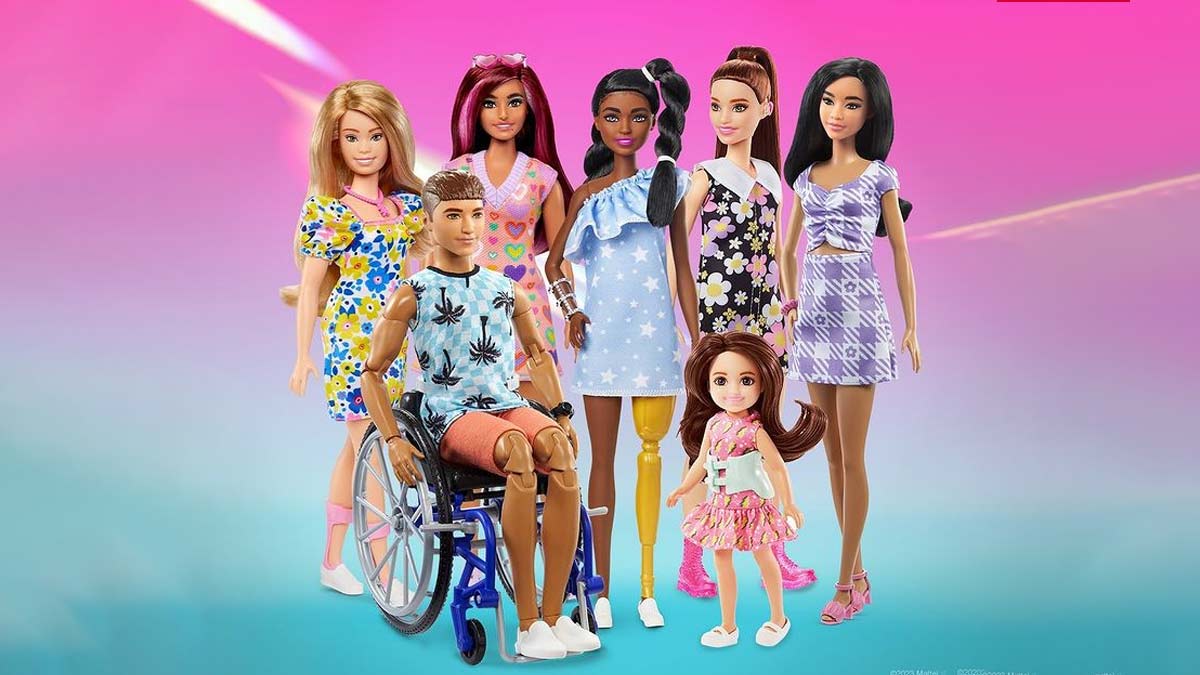
Barbie Turns 65! From Being Just A Toy To The Heartthrob Of Every Girl, Know All About The Journey Of The Doll
Barbie is known to be one of the most loved toys ever. These dolls have been a part of every household ever since their launch. Little girls who have no friends to play with make Barbie dolls their best friends and those who have real friends bring their Barbies together to play. These dolls have ruled the hearts of children from all over the world. Not just girls, but little boys have also relished playing with them.
March 9, 2024, marks the 65th birthday of the most gorgeous toy in the world. Throughout these years, the creators of the doll have kept surprising us with their innovative ideas to keep their craze alive in our hearts. Let us stroll through the history of the making of Barbies and how they have evolved over the years.
History Of Barbie
Barbie dolls were launched by Mattel Inc. on March 9, 1959. Ruth Handler introduced these dolls to the world. She had co-founded Mattel with her husband Eliot. The physical appearance of these dolls was based on a doll featured in the German newspaper Bild Zeitung.

During a survey that was conducted by Mattel before the launch of Barbie, many mothers complained that it had “too much of a figure”. This comment led the company to directly advertise these dolls to children through television. Hence, Mattel became the first toy company to advertise to children.
Don't Miss: Barbiecore 101: Introducing This Buzzing Pretty In Pink Trend Ft. The Upcoming Barbie Flick
1
2
3
4
How Barbie Has Evolved Over The Years
Two years after the launch of Barbie, Ken, her boyfriend was introduced. Further, her best friend Midge was launched in 1963, followed by Skipper, her sister who came out in 1964. Other siblings and characters followed over time.

While Barbie had controversial (Korean Dramas That Started Controversies) comments revolving around itself for being colour-specific, 1980 marked the breakthrough launch of an African-American Barbie followed by a Latina, the same year. Controversies didn’t end here as Mattel faced backlash over the unrealistic body standards that Barbies were setting. This led the company to launch three different body types of the doll in 2016 - petite, tall, and curvy.
Further, Barbies have surpassed the gender bounds as now there are transgender, or gender fluid, and Barbies who are handicapped and have down syndrome. Additionally, these dolls represent women of different ethnic and professional backgrounds.
View this post on Instagram
Don't Miss: Mattel Unveils The First-Ever Barbie Doll With Down Syndrome
If you liked this story, stay tuned to HerZindagi for more!
Image courtesy: Instagram
1
2
3
4